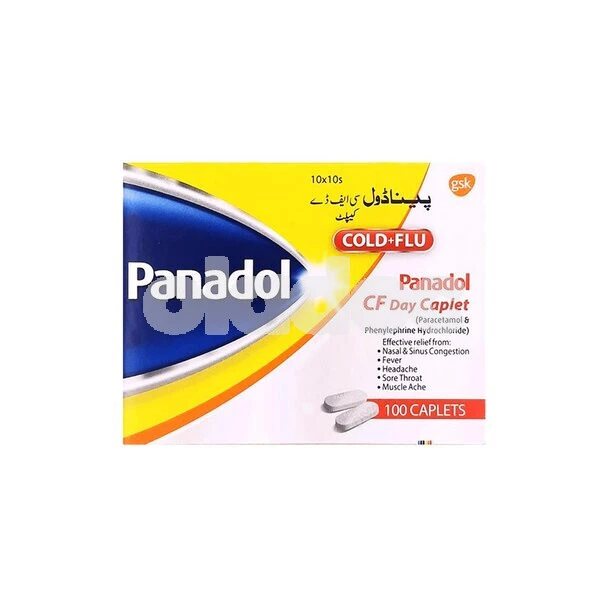Considering that women constitute 49.6 percent of the global population as of 2017, it comes as no surprise that the feminine hygiene market has also grown accordingly; amassing an impressive USD 37.4 Bn worldwide in 2018, with the Asia Pacific region leading with 34.2% of the total amount. But are feminine hygiene products really necessary?
In case of menstrual hygiene products like pads and tampons, YES. The figures above highlight an important milestone in female self-awareness and empowerment. But there also exists an entire steadily growing sub-category of vulvovaginal ‘sanitation essentials’ stemming from the long-held belief that the female genitalia are ‘unclean’, hence requiring additional grooming and sanitation.
However, medical professionals and gynecologists worldwide continue to call out douches, vaginal moisturizers, antiseptic solutions, and the like, as lethal to the vulvovaginal region and its natural flora. Here we look at why doctors vehemently discourage the use of certain feminine hygiene products.
A Game of pH and Microbiomes:
The vagina makes up the internal part of the female genital tract, whereas the vulva and its various parts constitute the external region. For optimum vulvovaginal health, their individual pH (acidity or alkalinity) and microbiomes (naturally occurring bacteria in a particular region) must remain balanced.
1- pH Values:
According to a 2017 study, the natural pH of the vulva varies consistently between 3.5-4.7.
In contrast, standards for normal vaginal pH change with age and menstrual cycle stage. Pre-pubescent pH is 7, which reduces to 3.8-4.4 following puberty, and rises again to 4.5-5 on taking hormone replacement therapy after menopause, or 6.5-7 without therapy.
2- Bacterial Balance:
The vaginal microbiome, i.e. the number and types of bacteria populating the vagina, not only varies according to particular phases in the menstrual cycle but also varies from one ethnic group to another.
The vulva, on the other hand, is more diverse and personalized. Not only does it contain bacteria native to the vagina along with housing some species commonly found in human feces, but also includes certain bacteria that vary from person to person.
So, while the vagina and vulva lie in stark contrast to one another, most intimate hygiene products do not distinguish between the two, which may open up the body to numerous internal and external infections, despite the products’ claims to strengthen and cleanse the vulvovaginal region.
Some of The Most Common and Misleading Feminine Hygiene Products:
1- Douches:
Perhaps the most widely practiced form of vaginal hygiene, douching is the act of washing the vagina with the intent to ‘flush out’ and deep cleanse the vagina. Common douche mixtures include water mixed with iodine, baking soda, or vinegar that can either be homemade or store-bought.
However, it has been medically proven that douching can leave the body vulnerable to STI’s (Sexually Transmitted Infections) and UTI’s (Urinary Tract Infections) by disrupting the natural vaginal pH and microbiome. In fact, douching can also spread pre-present vaginal infections higher up in the reproductive tract. It also does not help prevent pregnancies or vaginal odour.
2- Gel Sanitizers:
Often marketed to menstrual cup users, intimate gel-based sanitizers are built much like hand sanitizers. Standard gel sanitizers claim to heal microscopic vaginal injuries, reduce irritation, neutralize vaginal odours, cleanse menstrual cups, and freshen the vagina.
However, a 2018 BMC study refutes these claims, proving instead that gel sanitizer users have an 8 and 20 times higher risk of developing yeast and bacterial infection, respectively, as compared to non-users.
3- Cleansing Wipes:
Like gel sanitizers, feminine cleansing wipes are generally promoted alongside menstrual cups by retailers, but are also widely used by other menstrual product users due to ease of application.
Also like gel sanitizers, cleansing wipes do not make good on their promise. The same BMC study reveals a 3.5 times increased risk of developing a UTI among cleansing wipe users.
4- Moisturizers and Antiseptic Solutions:
Vaginal moisturizers are commonly used to alleviate vaginal dryness and the accompanying discomfort. However, they have also been convicted of inhibiting Lactobacillus growth; an essential naturally occurring bacteria that is generally present in large populations within the vagina.
Antiseptic solutions are no better off, despite their visibly harmless medical-grade ingredients. In fact, they can cause Bacterial Vaginosis; a condition that results in an overgrowth of entire populations of naturally occurring bacteria, thereby disrupting the delicate vulvovaginal balance.
Have Faith in Your Vagina:
So if every intimate hygiene product has such widespread negative consequences, what should you do to ensure a healthy, clean, and fresh vagina? Simply leave it be. The vagina is a self-maintained region that periodically cleanses itself via its natural discharge.
Forego the personal hygiene measures, and consult with your gynaecologist if you feel your vaginal discharge acquiring a scent other than its natural musky version, or normal colour.
Be Gentle with The Vulva:
As for the vulva, periodically use mild, hypoallergenic, fragrance-free soaps or washes to prevent sweat buildup and cleanse the area of dead cells, menstrual blood, and other biological materials; since standard soaps can worsen itching and cause dryness.
If you are concerned with changes in the appearance, smell, or feel of your vulvovaginal region, consult with your doctor for a proper diagnosis, or book an appointment with a top gynecologist in Rawalpindi, Karachi and Multan through oladoc.com, or call our helpline at 042-3890-0939 for assistance to find the RIGHT professional for your concerns.






